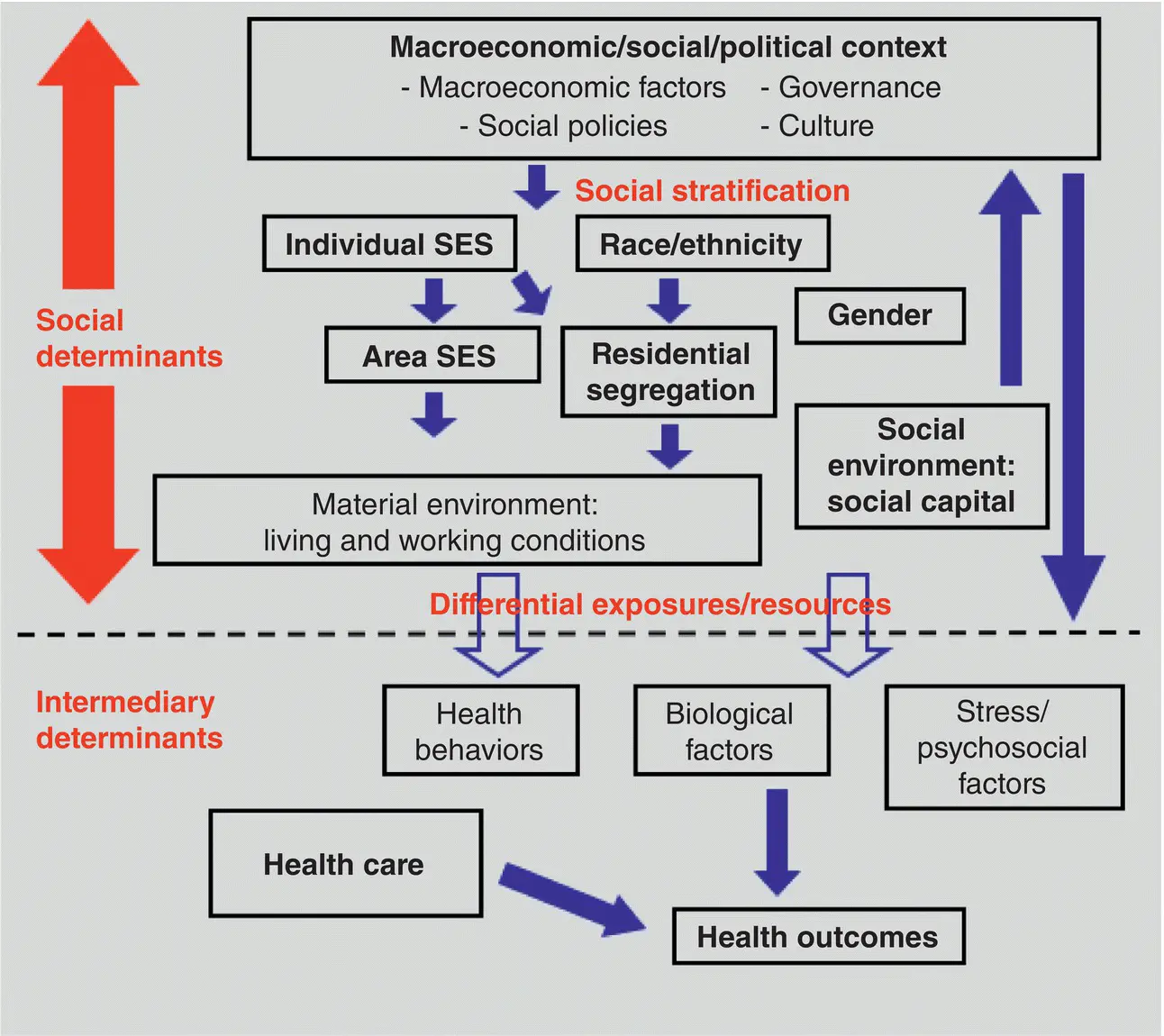
Figure 1.1 Life expectancy at birth for OECD countries.
Source : From OECD (2018).
Differences in life expectancy at birth are often ascribed to a number of factors, including variations in living standards, lifestyle risk factors, education, and access to health services. But what additional insights can research shed in relation to such patterns? In 2013, the U.S. National Academy of Sciences (NAS) commissioned a scientific panel to explore such cross‐national comparisons in life expectancy. This panel released its findings in a report entitled U.S. Health in International Perspective: Shorter Lives Poorer Health (National Research Council and Committee on Population 2013). The panel compared health outcomes in the United States to those of 16 comparable high‐income countries, including whether the US health disadvantage exists across all ages. It also explored potential explanations and assessed the broader implications of these findings. The panel identified a strikingly consistent and pervasive pattern of higher mortality and worse health among Americans compared to those in other nations between the late 1990s and 2008. This health disadvantage starts at birth, affects all age groups up to age 75, and encompasses multiple health and disease outcomes and conditions (e.g. injuries and homicide, infections, heart disease, obesity, and arthritis) and biological and behavioral risk factors (National Research Council and Committee on Population 2013).
Furthermore, the NAS panel reported that premature deaths occurring before age 50 accounted for as much as two‐thirds of the difference in life expectancy in men between the United States and other countries and one‐third of the difference in women (National Research Council and Committee on Population 2013). Skyrocketing overdoses of drugs, primarily due to opioids, are a major contributor to these premature deaths (National Center for Health Statistics 2017). These fatal overdoses played a role in declines in life expectancy among Americans for a second consecutive year in 2015 and 2016 (Kochanek et al. 2017), marking the first time this has happened in more than half a century. Gun deaths also rose in 2016 for a second consecutive year. Firearm‐related injuries contribute substantially to life expectancy, accounting for 7.1% of premature deaths or years of potential life lost before the age of 65 (Fowler et al. 2015).
Americans reach the age of 50 in worse health than their counterparts in other high‐income countries as older adults experience higher levels of morbidity and mortality from chronic diseases. Even socioeconomically advantaged (i.e. college educated or higher income) Americans fare worse than their counterparts in England and other countries (National Research Council and Committee on Population 2013). In offering potential explanations for these patterns, the panel referenced underlying societal factors—which we now commonly refer to as the social determinants of health —as possible root causes of the higher levels of morbidity and mortality and shorter life expectancies in the United States (National Research Council and Committee on Population 2013). For instance, despite its vast economy, the United States possesses considerably higher poverty rates and levels of income inequality than most high‐income countries. In addition, although the United States once led the world in educational performance, students in many other countries now routinely outperform US students; these findings are analogous to the relative standings of these countries in the Health Olympics. Finally, in contrast to the United States, a number of other countries such as Sweden and Norway in Scandinavia offer larger public welfare and other social safety net programs. Such programs and services could conceivably help residents to better weather the storm of adverse effects on health caused by poor economic and social conditions (Adema et al. 2011; Kim 2016).
1.3 What are the Social Determinants of Health?
In 2005, the World Health Organization (WHO) established a Commission on the Social Determinants of Health that was tasked with the job of supporting countries to address the upstream social factors that shape population health and health inequities (WHO Commission on the Social Determinants of Health 2008). The overall goal of the Commission was to draw the attention of governments and society to the social determinants of health and to create better social conditions for health, particularly amongst the most vulnerable populations. The commission delivered its final report to the WHO in 2008 (WHO Commission on the Social Determinants of Health 2008).
As defined by the WHO Commission, the social determinants of health are “the conditions in which people are born, grow, live, work, and age” (WHO Commission on the Social Determinants of Health 2008). These social determinants extend well beyond the confines of the health care system and include aspects of our neighborhood and workplace environments (e.g. the food, built, and social environments) and the social and economic policies (e.g. tax policies) that govern the regions in which we live. It is these “upstream” nonmedical social determinants that are increasingly understood as the root causes of population health inequalities, even within rich nations (Marmot and Bell 2009; Woolf and Braveman 2011). Such social determinants offer a critical lens to explain why the average life expectancy in America has lagged well behind other nations, despite the fact that the United States remains one of the richest nations in the world and spends more on a per‐capita basis on health care than all other developed nations globally (Marmot and Bell 2009). Identifying what impacts various social determinants have on population health is now the central focus of the growing public health field known as social epidemiology.
The WHO Commission on the Social Determinants of Health developed a conceptual framework of the social determinants of health (Solar and Irwin 2007; WHO Commission on the Social Determinants of Health 2008). Figure 1.2shows an adaptation of this conceptual framework. As illustrated in this figure, the social determinants of health are composed of the material living and working conditions and social environmental conditions in which people are born, live, work, and age, along with the structural drivers of these conditions. These structural drivers include individual‐ and area‐level socioeconomic status (SES), race/ethnicity, residential segregation, gender, social capital/cohesion, and the macroeconomic and macrosocial contexts, e.g. macroeconomic and social policies including labor market regulations (Muntaner et al. 2012), political factors including governance and political rights (Chung and Muntaner 2006; Bezo et al. 2012), and cultural factors. Examples of macroeconomic determinants include the gross domestic product (GDP) per capita and income inequality—the gap between the rich and the poor within societies.

Figure 1.2 A social determinants of health conceptual framework.
Source : Adapted from Kim and Saada (2013) and Solar and Irwin (2007).
The broader macroeconomic and social context generates social stratification, that is, the sorting of people into dominant and subordinate SES, racial/ethnic, and gender groups ( Figure 1.2). Through social stratification and differential exposures of individuals to levels of material factors/social resources, social determinants such as individual/area‐level SES, race/ethnicity, and social capital shape individual‐level intermediary determinants, including behavioral factors (e.g. maternal smoking), biological factors, and psychosocial factors (e.g. social support), which in turn produce differential risks of, and inequities in, health outcomes ( Figure 1.2). Access to health care and the quality of health care are also determinants of these outcomes, yet health care factors are believed to play lesser roles compared to societal factors ( Figure 1.2). This is supported by cross‐national evidence on health care spending and life expectancy. Moreover, even in societies with a national health system in place (e.g. Canada and the United Kingdom), socioeconomic disparities and gradients in health are salient and well established.
Читать дальше














